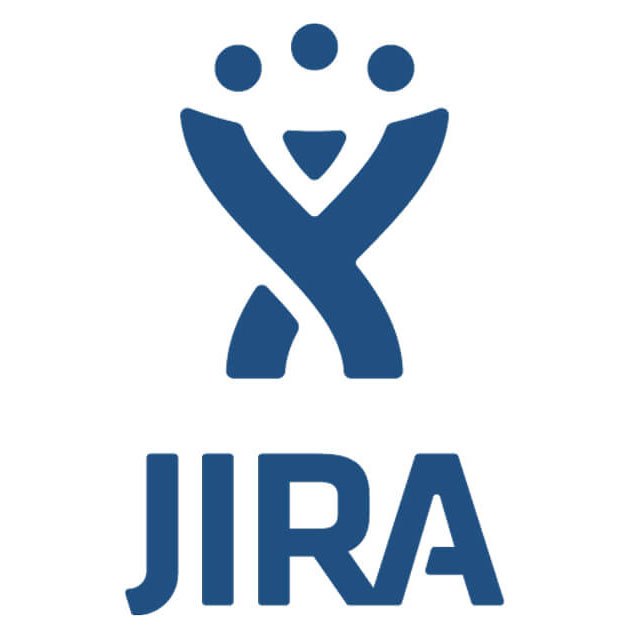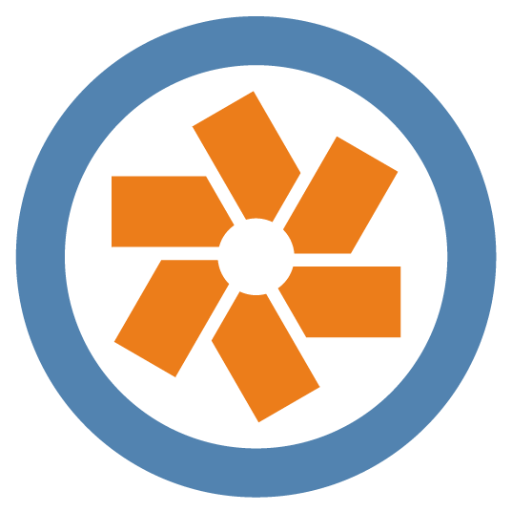Once you have picked the best method for your team, finding the right agile project management tool can help implement and track the process and ensure no detail is missed. You should determine which tool is best to help track and manage your projects. Here are some important factors that should be taken into consideration when choosing a tool:
Ease of Use
When switching to a new tool, usability is the key and the first factor you should look upon. Your team should not be ‘headbanging’ and spending valuable time learning a new program. An agile project management tool should be intuitive and easy to use.
Collaboration and Communication
Find a tool that facilitates collaboration between internal and external stakeholders. Cloud tools enable people to work in real-time, view and edit projects from anywhere, stay up to date on current status and communicate with others viewing the project.
Mobile Ready
The modern era relies on smartphone, tablet and other mobile devices to get work done. Many people like me want to access their project management tools on the go. Make sure the tool you are going to choose, has a mobile app to offer.
Central Storage and Searchable
It is very important to use cloud storage services like Dropbox, Google Drive or One Drive for project asset storage. You need to make sure that the agile tool you are using can seamlessly connect with these cloud services to store important assets and documentation of your project.
Workflow Visualization
Nowadays, work design is infinitely different. Find a tool that supports multiple ways to visualize and manage your tasks via charts, graphics, spreadsheets, Kanban boards, calendars, reports and dashboards.
Best Tools for Agile
JIRA
JIRA is one of the market’s leading project management tools and is probably the most widely used agile tool used by many top-notch companies. JIRA is painless to set up and even easier to maintain. JIRA also easily integrates with GitHub to connect issues to commits. It supports both Kanban and Scrum, helping you to scale agile across your company. JIRA’s sophisticated workflow engine helps you to easily create the process that fits your team.
Trello
Trello utilizes the concept of boards, which correspond to projects. Within boards, there are cards which represent tasks. The cards contain lists which can be used to track the progress of a project or to simply categorize things. Trello is easy to integrate and very reasonably priced and is currently one of the most attractive project management tool available in the market.
Asana
Asana is a project management application that is focused on team communication and collaboration. Comprising of both novice list view and a detailed agile project view, you can use Asana to create projects and tasks within the projects, and follow the progress of those tasks from various browsers and devices. You can then add your team members to the projects and assign them tasks, share files and communicate with them using conversation boards.
Taiga I/O
Taiga is an open source, agile-based project management platform that is simple to use and comes loaded with all the features and functionalities you need to make your tasks easier and faster. Taiga supports both Scrum and Kanban methodologies and provides a pretty comprehensive visual experience.
Basecamp
Basecamp comes with a lot of features and tools that allow companies to efficiently monitor their projects and get things done on time and on budget. Basecamp was the first company to introduce remote project management and it has been continuously improving this concept to the benefit of its users. It has also a intuitive system for sharing ideas, proposals or organize reference conversations and make sure all team members are on the same page.
Pivotal Tracker
Pivotal Tracker is a story-based project management application that enables teams to work together and create real-time solutions to various feedback. With Pivotal Track, everyone has the same access to similar, real-time updates of their project and can easily decide how to proceed.
Final Word
It all depends upon your requirements and needs to choose an agile project management tool. You just need to make sure the tool you are choosing is robust, responsive, cloud supported, has intuitive UI flow and embraces mobility.






